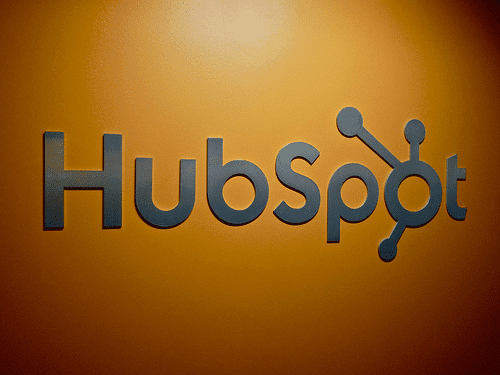This blog post is part of “The Ultimate Guide to Lead Generation” blog series.
Truth is the best content marketing, especially inbound marketing for the business to business world.
What does this mean? It’s not about truth in a preachy way. It means that the best way to attract qualified leads and to generate wider awareness of your company, products and services is by creating content that is very clear and honest about a few things:
- How does your product or service create value?
- What businesses can benefit from your product or service?
- How will it make these businesses better?Now lets break these three things down.
Now lets break these three things down.
How does your product or service create value?
You need to be very clear in a crowded market place about the value you can bring to a business. That’s what businesses care about. They don’t want to spend money. They want to increase profits. They’re not going online in search of exciting new technology for its own sake. They are looking for ways to be more competitive and profitable. How will your product or service do this? It doesn’t matter if your product is the fastest, the newest, the strongest or the shiniest. These things are rarely true, but even so, how is it going to help your customer’s business perform better? What business problem does it solve? How does it create value? (That’s why it’s called a value proposition, not a technical proposition.)
Tip: Avoid words like “perfect” (nothing is perfect), and “best ever” (it’s likely not). These are exaggerations and they erode your credibility right from the start.
What businesses can benefit from your product or service?
This is critical. Be honest. Only certain businesses will benefit from your product. Pretending that you can help every business on the planet is an exaggeration that instantly wrecks your credibility. What businesses have the problem you can solve? Target your marketing towards these organizations. Research the search terms they use. Frame your content around the solutions they need. Then you’ll be likely to get better leads—companies that have the problem you address.
Tip: Don’t claim that your product is right for “everyone,” “anyone” or “everybody.” This is simply not true. By acting as if your product is “perfect” for “everybody” not only do you impair your credibility to your audiences, but you create an awful lot of work for yourself. If you approach the whole world as your target market, you will find that you collect a lot of irrelevant leads, and your sales team will spend a lot of resources chasing these down. They’ll get frustrated. The truth works by helping the right people find you online.
How will it make these businesses better?
You need to be able to state how your service makes businesses better. Faster, newer, stronger, shinier products–these may be technical benefits if they are true. But you know that businesses don’t want to spend money to be more competitive and more profitable, unless they have to. There are two problems with focusing on technical benefits. First, it sets you up to be outdone by a competitor who can find some specification that shows they have something newer, stronger or faster. Second, businesses aren’t going to spend money just to get some incremental technical benefit. They’re going to invest in something that will make their business better in a concrete, measurable way. This is where the general value you create must get specific.
Tip: Once again to avoid vague benefit statements like “higher performance” or “increased productivity.” These claims don’t mean anything without backup data. The best benefits are measurable.
Tip: Use numbers–15 percent faster time to market; 40 percent lower manufacturing costs.
Truth is the best content marketing. It’s not that companies are really lying with the intent to deceive, at least not in most cases. Marketers are eager to promote a great business or service. They want to get the word out. They’ve been taught to exaggerate and embellish to get attention. A client once told me that a brochure I wrote “needs more fluff.” That’s how marketers often think. They like to think that if they broadcast the message as widely as possible, with effusive content that doesn’t rule out any potential customers, they’ll be successful. It is much more effective to be as precise and clear in your content as possible. Then when people receive your message, they’ll know right away if you can help them. They’ll come to you.
This blog post is part of “The Ultimate Guide to Lead Generation” blog series.




